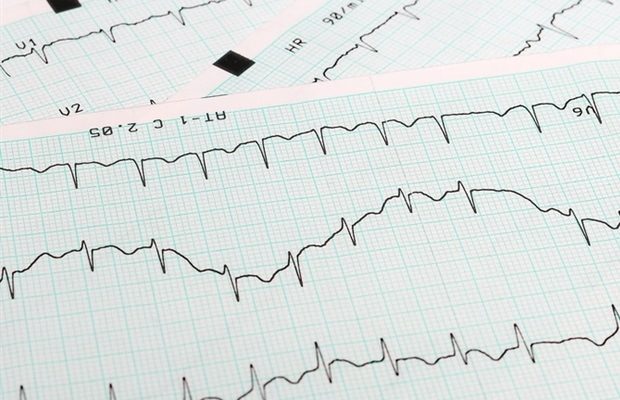Reviewers’ Notes

Catheter ablation: A new first-line treatment option for atrial fibrillation
Announcing a new article publication for Cardiovascular Innovations and Applications journal. Atrial fibrillation is the most common arrhythmia worldwide, affecting millions of the general population. It is a leading cause of stroke and is associated with many other long-term adverse cardiovascular issues.
Long-term management of atrial fibrillation can involve simply controlling the ventricular rate with AV nodal blocking agents (rate control strategy) versus restoring and maintaining sinus rhythm (rhythm control strategy). For many years, pharmacologic rate control or rhythm control were both considered acceptable first-line therapeutic strategies. More recently, however, catheter ablation has emerged as a viable and potentially more effective treatment option than drug therapy, especially in patients with heart failure.
Given the increasing efficacy and safety of ablation, practice is evolving toward ablation being considered first-line therapy for more patients. Indeed, both the 2014 AHA/ACC/HRS guidelines and the 2020 ESC guidelines for management of atrial fibrillation state that ablation can be considered as a first-line approach in patients with either symptomatic paroxysmal or persistent atrial fibrillation. In this article the authors discuss evidence supporting catheter ablation as first-line therapy for atrial fibrillation.
Compuscript Ltd
Ross, S., et al. (2023) It’s Time to Consider Ablation as First-Line Therapy for Atrial Fibrillation. Cardiovascular Innovations and Applications. doi.org/10.15212/CVIA.2023.0052.
Posted in: Medical Research News | Medical Condition News
Tags: Arrhythmia, Atrial Fibrillation, Catheter, Catheter Ablation, Efficacy, Heart, Heart Failure, Stroke